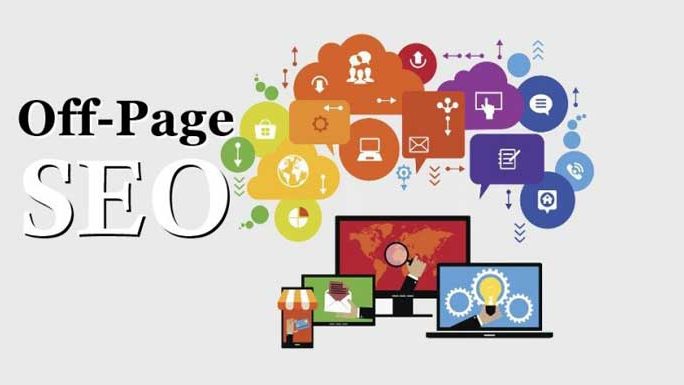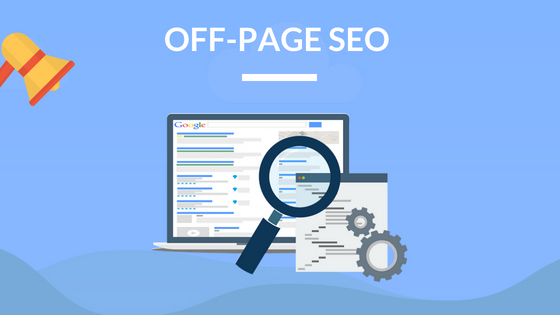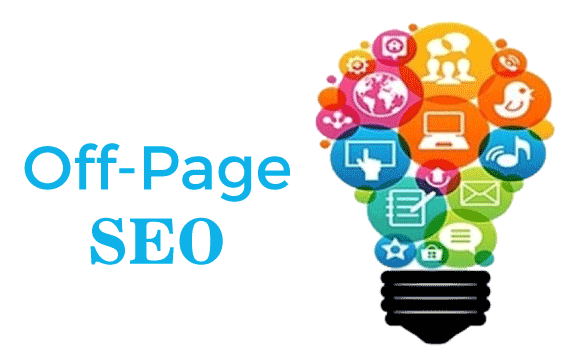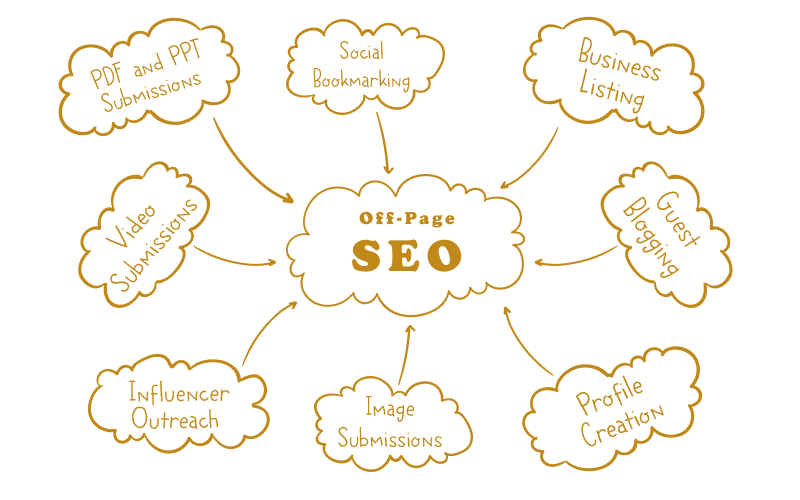In an age where the internet reigns supreme as the go-to source for information, products, and services, standing out in the digital crowd has become more crucial than ever. This is where Search Engine Optimization, or SEO, emerges as a pivotal force. SEO is the art and science of making your digital presence not just visible but also prominent in the vast expanse of the internet. Before diving into the depths of what SEO entails, it’s essential to understand its significance and how it has revolutionized the way businesses and individuals interact with the online world. So, let’s embark on a journey to unravel the mysteries of SEO, its fundamental principles, and why it has become an indispensable tool for success in the digital realm.

What is SEO?
Search Engine Optimization, commonly referred to as SEO, is a digital marketing discipline that focuses on improving a website’s visibility in search engine results. It involves a series of strategies and techniques designed to enhance a website’s rankings on search engine results pages (SERPs). In simpler terms, SEO is about making your website more appealing to search engines like Google, Bing, and Yahoo so that it ranks higher when users search for relevant keywords.
Why Is SEO Important?
SEO is essential for several compelling reasons:
1. Increased Visibility: Higher search engine rankings mean more visibility for your website. When your site appears near the top of search results, users are more likely to click on it, increasing the likelihood of attracting organic traffic.
2. Credibility and Trust: Websites that rank well in search results are often seen as more trustworthy and credible by users. High rankings signal that search engines consider your content valuable and relevant.
3. Cost-Effective Marketing: Compared to paid advertising, SEO is a cost-effective long-term marketing strategy. Once your website ranks well for specific keywords, you can continue to attract organic traffic without ongoing ad expenses.
4. Targeted Traffic: SEO allows you to target specific keywords and demographics, ensuring that the visitors coming to your site are genuinely interested in your products or services.
5. Competitive Advantage: In today’s digital landscape, most of your competitors are likely investing in SEO. By staying ahead in search rankings, you gain a competitive edge in your industry.

On-Page SEO: Optimizing Your Web Content
On-page SEO focuses on fine-tuning individual web pages to improve their search engine rankings and enhance user experience. Here’s a closer look at the key components of on-page SEO:
1. Keyword Research and Usage: The foundation of on-page SEO begins with extensive keyword research. Identify relevant keywords and phrases that your target audience is likely to search for. Once you’ve compiled your list, strategically incorporate these keywords into your content, including titles, headings, and throughout the body text. However, be sure to maintain a natural and user-friendly tone to ensure a positive user experience.
2. High-Quality Content: Content is king in the world of SEO. Create informative, engaging, and valuable content that addresses the needs and questions of your target audience. High-quality content not only attracts visitors but also encourages them to spend more time on your site, reducing bounce rates.
3. Title Tags and Meta Descriptions: Craft compelling title tags and meta descriptions that include your target keywords. These elements often appear in search results and can significantly influence click-through rates. A well-crafted title and meta description can entice users to click on your link.
4. Header Tags (H1, H2, H3, etc.): Properly structure your content using header tags. These tags not only improve the readability of your content but also help search engines understand the hierarchy and importance of different sections within your page.
5. Optimized Images: When using images, ensure they are optimized for SEO. Use descriptive file names and alt tags for images to make them search engine-friendly. This practice not only helps with accessibility but also enhances your page’s search engine ranking.
6. Page Speed: Website speed is crucial for SEO. Ensure that your website loads quickly on both desktop and mobile devices. Slow-loading pages can negatively impact user experience and, consequently, your search engine rankings.
Off-Page SEO: Building Authority and Trust
Off-page SEO involves activities that aim to build your website’s authority and credibility in the digital landscape. Here are the key elements of off-page SEO:
1. Backlinks: Acquiring high-quality backlinks from reputable websites is a cornerstone of off-page SEO. These backlinks act as votes of confidence in your content and can significantly boost your rankings. Strategies for earning backlinks include outreach, guest posting, and creating shareable content.
2. Social Signals: Although not a direct ranking factor, a strong social media presence and engagement can indirectly impact SEO. Active social media profiles can drive traffic to your site and encourage content sharing, which can improve your site’s visibility.
3. Online Reputation Management: Monitor and manage your online reputation to ensure that negative reviews and mentions don’t harm your website’s credibility. Respond to reviews and address concerns to maintain a positive online image.
4. Local SEO: For businesses with physical locations, local SEO is crucial. Ensure that your business is listed accurately on platforms like Google My Business. Local SEO efforts can improve your visibility in location-based searches.

Technical SEO: The Backbone of Your Website
Technical SEO focuses on the backend aspects of your website that impact its search engine performance, including conducting regular SEO audits. Here are the fundamental elements of technical SEO:
1. Website Structure: Ensure that your website has a clear and logical structure. This includes an XML sitemap that helps search engines crawl and index your site effectively.
2. Mobile-Friendliness: With the majority of internet users accessing websites via mobile devices, having a responsive design is crucial for SEO success. Ensure that your site is mobile-friendly and provides a seamless experience on smartphones and tablets.
3. Website Speed: Page load speed is a critical factor in SEO. Optimize images, use efficient coding practices, and leverage content delivery networks (CDNs) to improve your site’s loading times.
4. Robots.txt and XML Sitemap: Use robots.txt files to instruct search engines on which parts of your site should and should not be crawled. Additionally, submit an XML sitemap to search engines to help them understand your site’s structure and content.
5. HTTPS: Secure your website with HTTPS. Search engines favor secure sites, and HTTPS is considered a ranking signal. It also enhances user trust and data security.
6. Canonicalization: Implement canonical tags to specify the preferred version of duplicate content. This helps prevent issues with duplicate content, which can negatively impact SEO.
By addressing these technical aspects of SEO, you can ensure that your website is not only user-friendly but also search engine-friendly, which is essential for achieving high rankings in search results.
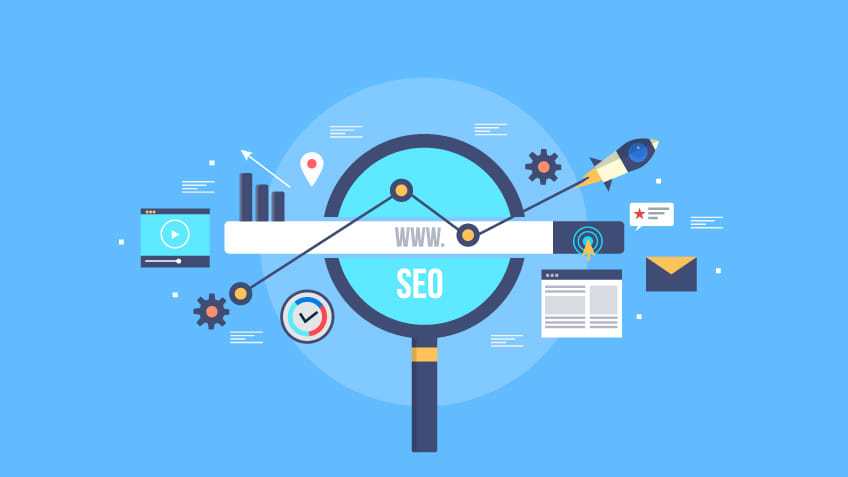
Summary of SEO Fundamentals
SEO fundamentals encompass understanding what SEO is, recognizing its importance, and mastering the basics of on-page and off-page optimization. By implementing these strategies, you can enhance your website’s visibility, attract more organic traffic, and establish a strong online presence. SEO is an ever-evolving field, so staying updated on the latest trends and best practices is essential for long-term success in the digital landscape.
Related Links:
https://backlinko.com/hub/seo/fundamentals
https://neilpatel.com/what-is-seo/
https://www.rankpointer.com/seo-audit-complete-guide/
https://moz.com/beginners-guide-to-seo




